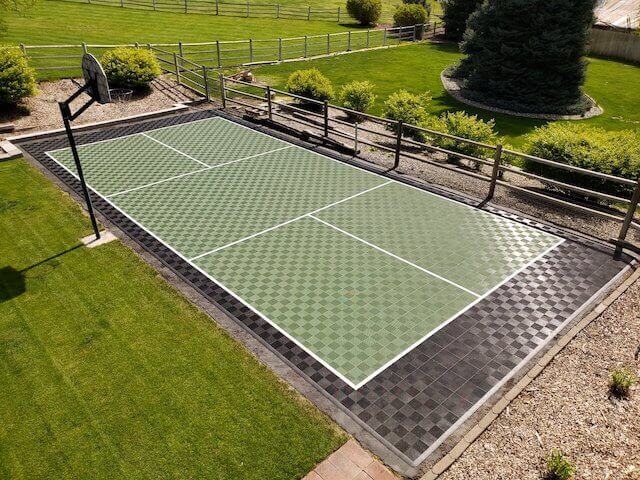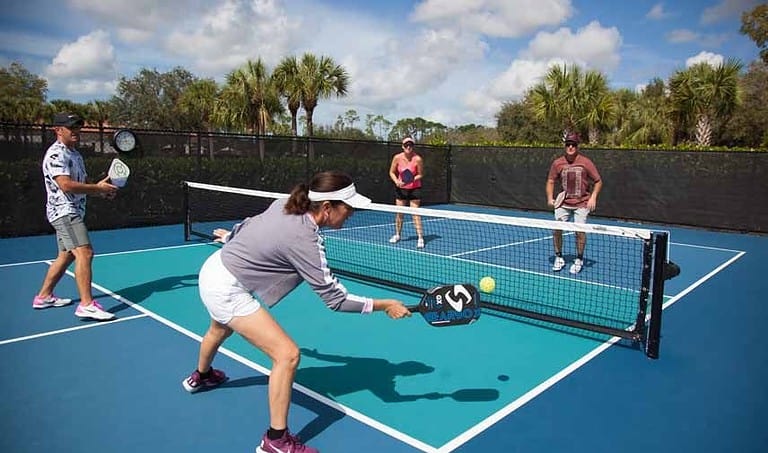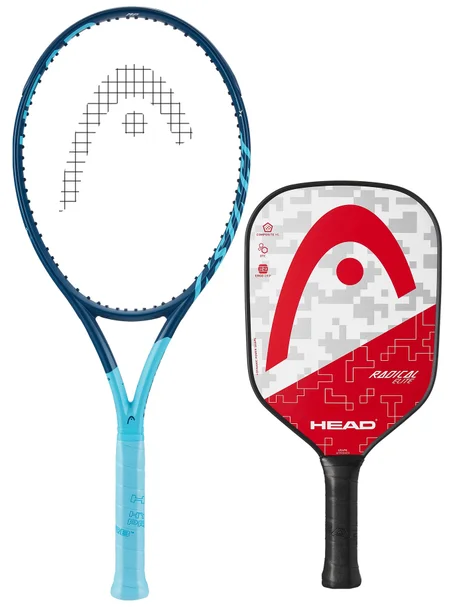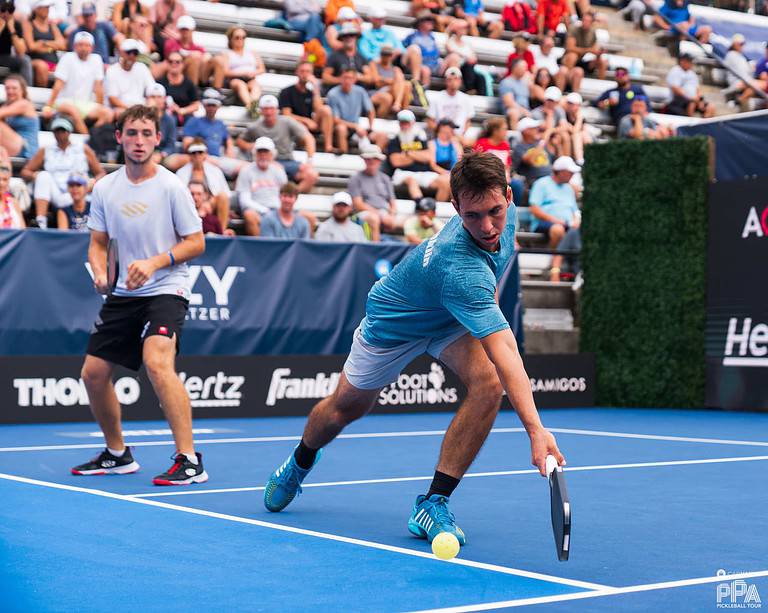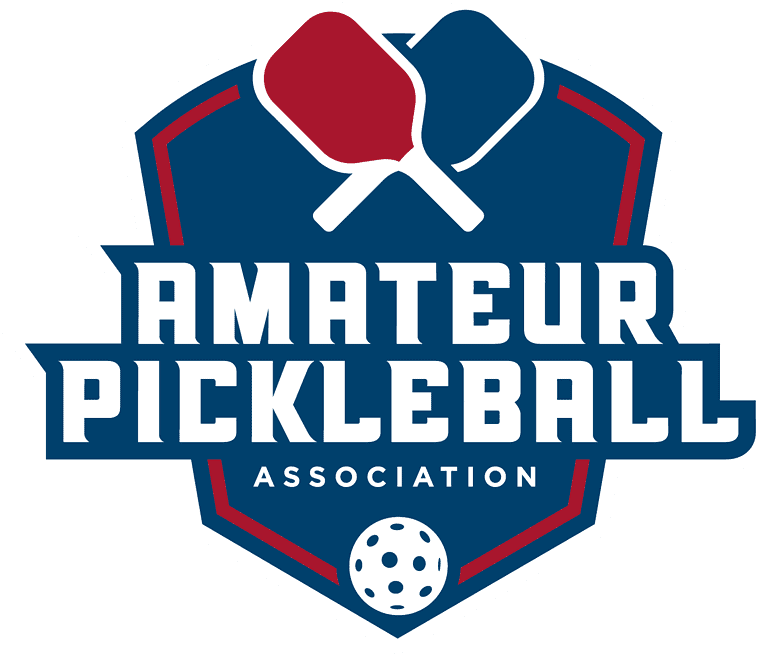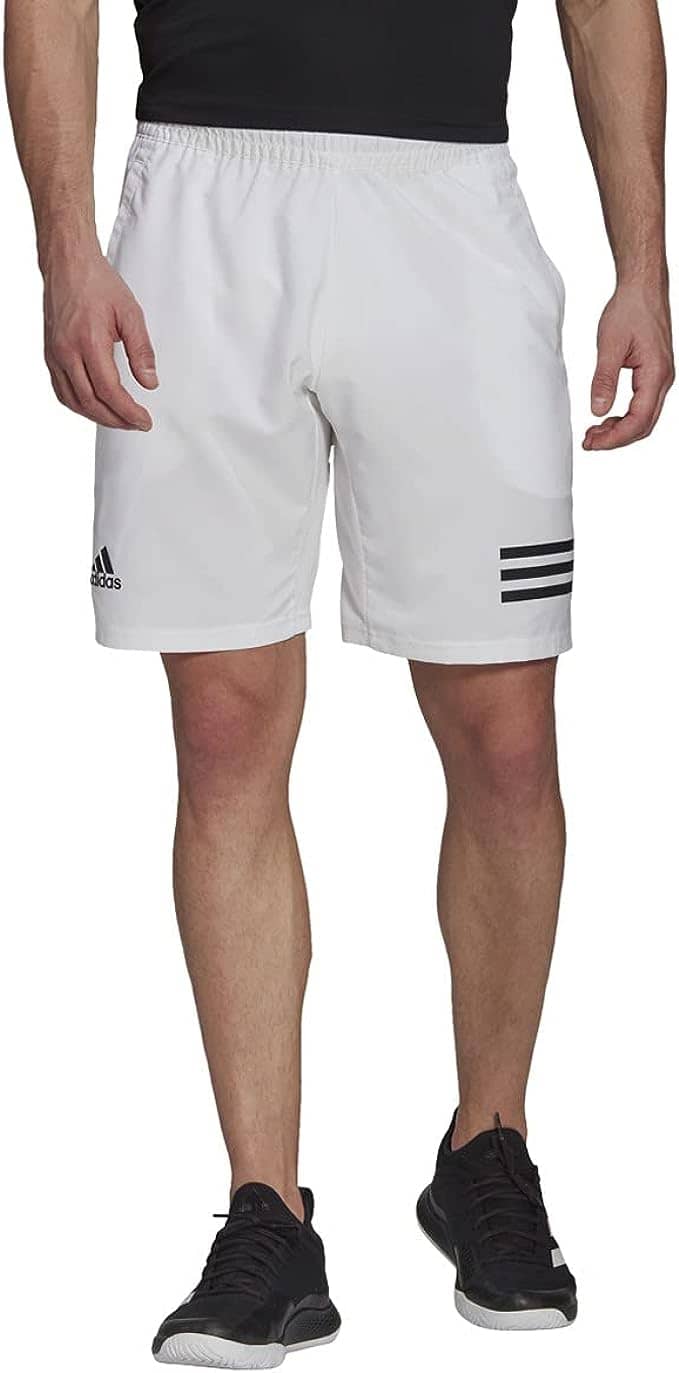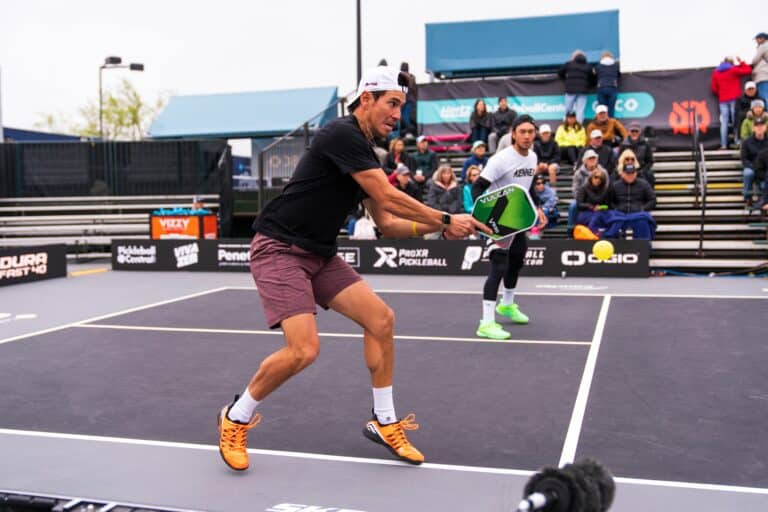Best Backyard Pickleball Courts DIY or Installed: A Complete Guide
If you’re a fan of pickleball and have some extra space in your own backyard? Why not consider building your own backyard pickleball court? With the sport’s growing popularity in the United States, more and more people are opting to build their own outdoor pickleball courts for personal use.
Luckily, there are a variety of options available to you, from DIY pickleball court kits to professional court installation services. The are many companies that build courts that are specifically designed for residential use.
One popular option is Sports Court. This company specializes in building outdoor sports courts. They offer a range of pickleball court options, including DIY kits and professional installation services.
Another company to consider is VersaCourt. It allows you to design your own custom court using its interactive court designer tool. Other companies such as Azekon, Resurface Master, Rhino Courts, and Cactus Courts also offer professional installation services for those who want a more hands-off approach.
No matter which route you choose, building an outdoor pickleball court is a great way to enjoy the fastest-growing sport in the United States from the comfort of your own home. With the right planning and construction, you can have a high-quality court that will provide hours of fun for you and your family.
Overall, Whether you are playing on a sports court or building your own DIY pickleball court, understanding the rules and dimensions of the court and the necessary equipment is essential to having a great game.
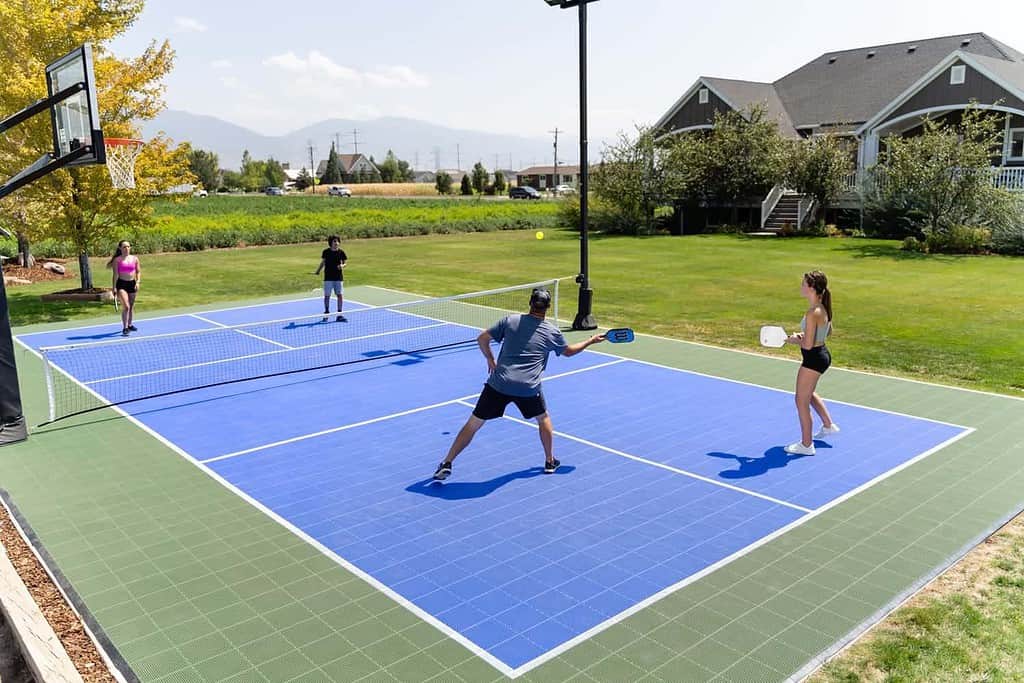
Planning Your Backyard Pickleball Court
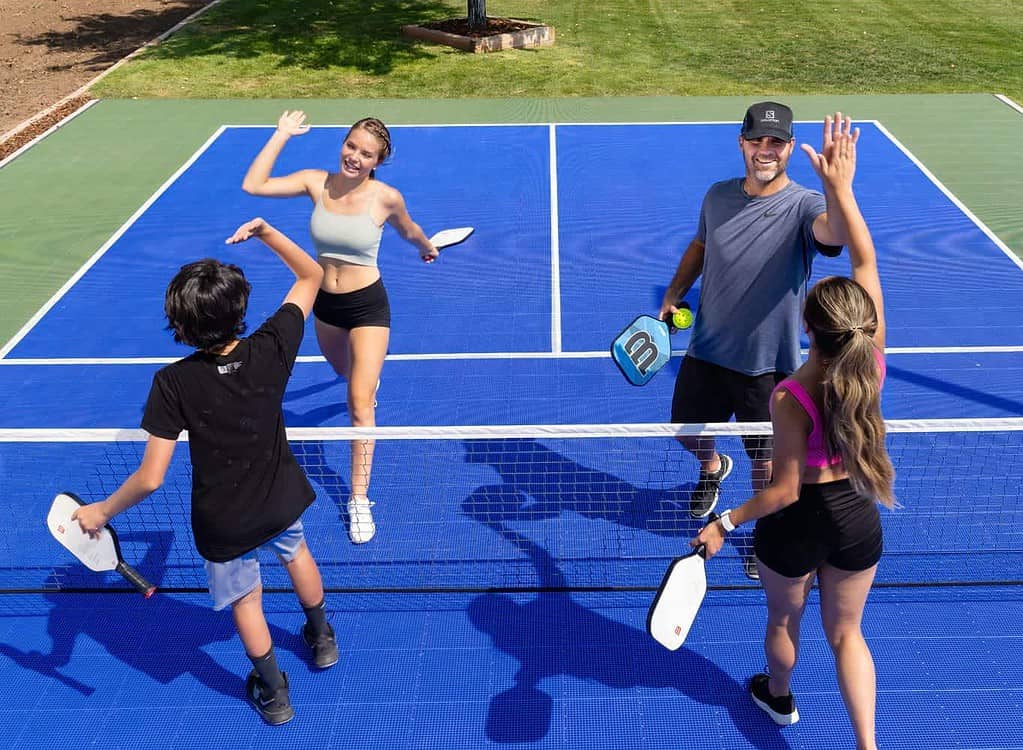
If you’re thinking about building a backyard pickleball court, there are a few things you should consider before getting started. In this section, we’ll cover some key factors you’ll need to consider as you plan your backyard pickleball court.
Choosing the Right Location
The first thing you’ll need to do is choose a suitable space for your outdoor pickleball court in your own yard. Ideally, you’ll want a flat area that’s at least 40 feet wide and 64 feet long.
If you plan to build your court on a driveway or other hard surface, ensure it’s in good condition and free of cracks or other damage. If you’re building in a grassy area, you’ll need to level the ground and make sure it’s free of rocks and other debris.
When choosing the location for your court, consider factors like a flat area, sun exposure, wind direction, and noise levels. You’ll want to choose a spot that’s not too close to your neighbor’s homes or other areas where noise could be a problem.
It is better if you can have the court run north and south. This will keep the sunlight out of the players’ eyes. You will also need to decide if you want a covered court or a shaded area for the players.
How Much Does It Cost To Build A Pickleball Court?
Building your own court can be a significant investment, so it’s important to consider your budget before getting started. Per Homeguide.com, the cost can range from approximately:
$3,600 to $36,000
- Tiles range from $4 to $17 per square foot
- Concrete ranges from $5 to $10 per square foot
- Asphalt ranges from $3 to $7 per square foot
If you’re on a tight budget, consider building a DIY pickleball court using materials like tape, chalk, and netting. You can set up a court on your driveway or parking lot. This can be a more affordable option than hiring a professional to install a permanent court.
If you have a larger budget, you may want to consider installing a more permanent court using materials like Azekon, Resurface Master, Versacourts, Rhino courts, or Cactus courts. These materials are designed to be durable and long-lasting, and they can provide a professional-quality playing surface for your backyard pickleball court.
No matter what your budget is, it’s important to plan ahead and make sure you have all the necessary materials and equipment before you start building your backyard pickleball court. This will help ensure that the project goes smoothly and that you end up with a court that you can enjoy for years.
Constructing a DIY Pickleball Court
If you are considering building your own backyard pickleball court, we’ll guide you through the process of constructing a DIY pickleball court. It’s important to refer to the USA Pickleball rules regarding court size prior to starting.
Surface Preparation
The first step is to prepare the pickleball surface. You can choose from a variety of surfaces, such as concrete, asphalt, or grass. Concrete is the most popular choice for its durability and low maintenance.
If you’re using an existing surface like a driveway, make sure it’s level and free of cracks and holes. If you’re building on grass, remove the grass and level the ground. You can also use a turf underlayment to prevent grass from growing.
Marking the Court Lines
A key component is to ensure that it meets the official pickleball court dimensions. USA Pickleball is the governing body that regulates official court dimensions.
Once the surface is prepared, you need to mark the court lines. You can use chalk, painter’s tape, or a marking kit to draw the lines for the edge of the court.
Per USA Pickleball, the court size should be 20 feet wide by 44 feet long (edge to edge), with a 7-foot non-volley zone on each side of the net. The sideline is 2 inches wide, while the baseline is 4 inches wide. The centerline divides the court into two equal halves. Make sure to measure and mark the lines accurately to ensure a regulation-sized court.
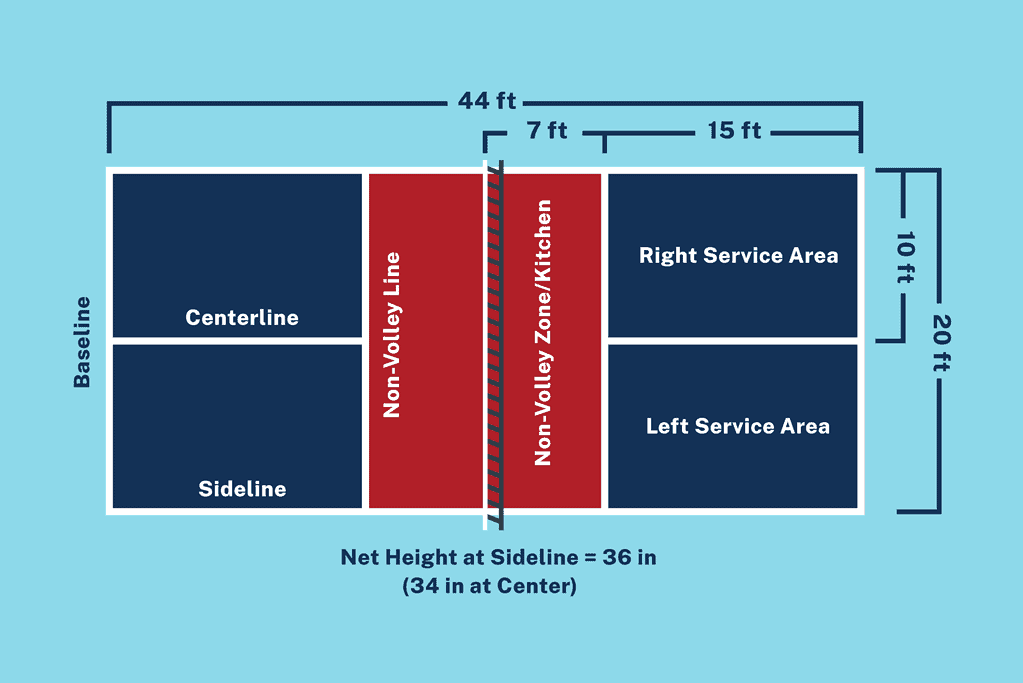
Setting Up the Net
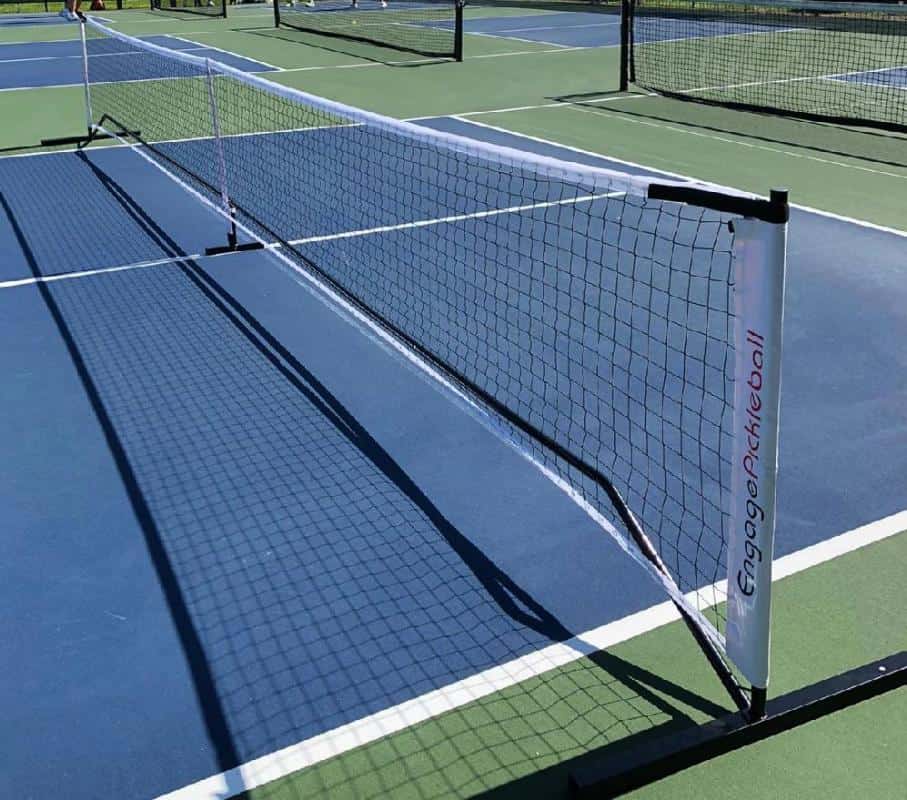
The final step is to set up the net. You can use a portable net or a permanent net. A portable net is easy to set up and take down, while a permanent net is more durable.
The net height should be 36 inches at the sidelines and 34 inches at the center. Make sure you adjust the net so it is taut and centered on the court. Most nets will extend about 12-18 inches over the court lines.
Pick Out Perimeter Fencing
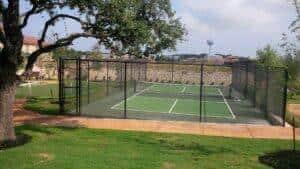
If you live in an area or neighborhood that requires a perimeter fence, evaluate the options based on your budget. Fencing is normally 10’high. If you use a shorter fence, you should consider having the top of the fence padded. Many courts use 4′ nets around the playing area.
The total area for the court should be 40 feet wide by 64 feet long.
Resurfacing Your Existing Court
If you already have a backyard pickleball court on your property but it needs some TLC, resurfacing is a great way to give it new life. Whether you’re looking to upgrade your court to a pickleball-specific surface or want to freshen up the existing material, there are a few things to consider before you start.
Choosing the Right Material
There are a few different materials to choose from when it comes to resurfacing your existing court. Some popular options include:
- Acrylic: This is a popular choice for pickleball courts because it’s durable, easy to maintain, and provides a consistent playing surface. Acrylic surfaces can be customized with color and texture options to fit your preferences.
- Asphalt: If your existing court is made of asphalt, resurfacing with asphalt is a cost-effective option. However, keep in mind that asphalt surfaces can be more difficult to maintain and may not provide the same level of consistency as acrylic.
- Patented Materials: Some companies, such as Resurface Master and Azekon, offer their own proprietary materials for resurfacing courts. These materials are designed to be durable and long-lasting. They may offer unique features such as UV resistance or quick construction.
The Resurfacing Process
The resurfacing process can begin once you’ve chosen the suitable material for your court. Here’s a general overview of what to expect:
- Prepping the Surface: Before any new material can be applied, the existing surface needs to be thoroughly cleaned and prepped. This may involve pressure washing, patching any cracks or holes, and making sure the surface is completely dry.
- Applying the New Material: Depending on the material you’ve chosen, the application process may vary. However, generally speaking, the new material will be applied in multiple coats, with ample drying time in between.
- Adding Court Lines: Once the new surface has been applied and has had time to dry, the court lines can be added. This is typically done with tape or paint, depending on your preferences.
Overall, resurfacing your existing court is a great way to give it new life and ensure it’s ready for years of pickleball fun. Just be sure to choose the right material for your needs and work with a reputable contractor to ensure the job is done right.
What Are The Different Surface Materials You Can Choose From?
When it comes to backyard pickleball courts, there are several different materials to choose from. Each type has its own unique features and benefits. The two main ones are a concrete base that has a set layer of materials on top for the final surface (image A) or tiles that lock together (image B). You can see the different options below.
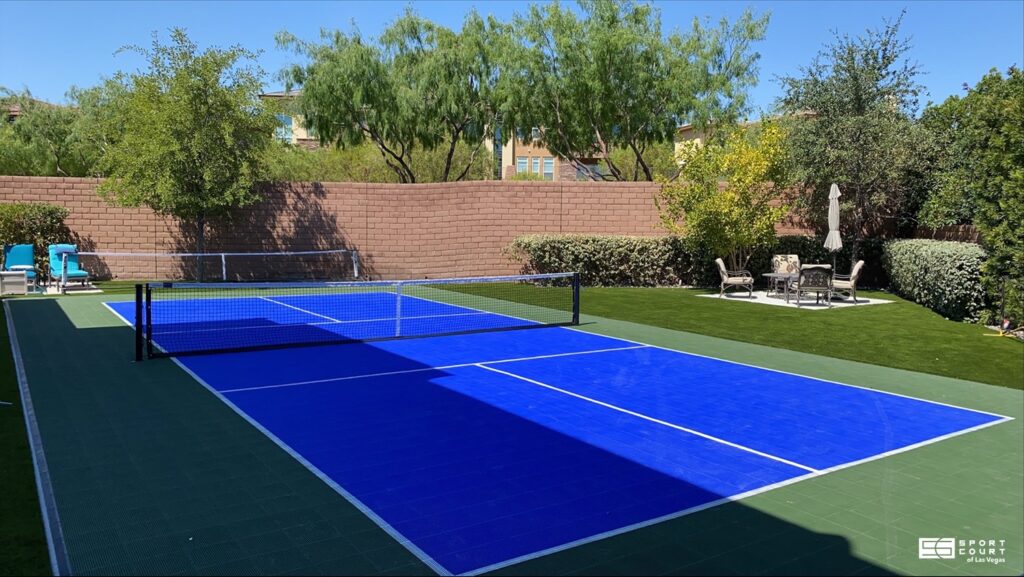
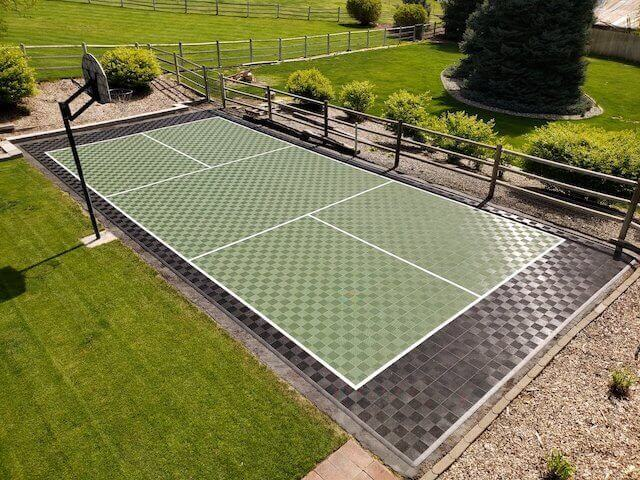
Here’s a comparison table based on the information you provided:
| Feature | Azekon Courts | VersaCourts | Rhino Courts | Cactus Courts | Sports Courts |
|---|---|---|---|---|---|
| Material | Durable, weather-resistant | High-performance polymer | Durable, weather-resistant | Durable, weather-resistant | Durable, weather-resistant |
| Durability | Long-lasting | Long-lasting | High durability (heavy use) | Long-lasting | Long-lasting |
| Maintenance | Minimal | Minimal | Minimal | Minimal | Minimal |
| Customizability | High (can be designed for various spaces) | High | High | High | High (for various sports & spaces) |
| Color Variety | Yes | Yes | Yes | Yes | Yes |
| Key Benefit | Versatility | Durability | Durability (heavy use) | Affordability | Versatility (multi-sport) |
| Price (relatively) | Project Dependant | Project Dependant | Project Dependant | Affordable | Project Depdendant |
| Other uses/specialty | Tiles | Suitable for basketball, volleyball, tennis etc. Tiles |
Maintaining Your Pickleball Court
Regular maintenance is essential to ensure that your backyard pickleball court remains safe, functional, and enjoyable for players. There are two main areas of maintenance: Regular Cleaning and Periodic Resurfacing.
Regular Cleaning
Cleaning your pickleball court regularly is essential to keep it in good condition and prolong its lifespan. Here are some tips for cleaning your court:
- Sweep the court surface regularly to remove any dirt, debris, or leaves. This will help prevent any build-up of material that could cause slipping or tripping hazards.
- Use a leaf blower to remove any remaining debris from the court surface.
- Use a pressure washer to remove any stubborn stains or dirt. Be sure to use a low-pressure setting to avoid damaging the court surface.
- Use a mild detergent and water to clean the court surface. Avoid using harsh chemicals or cleaners that could damage the court surface or harm the environment.
Periodic Resurfacing
Over time, your pickleball court will show signs of wear and tear. Periodic resurfacing is essential to maintain the court’s bounce and prevent joint injuries. Here are some tips for resurfacing your court:
- Hire a professional sports court resurfacing company like Azekon, Resurface Master, Versacourts, Rhino Courts, or Cactus Courts to resurface your court.
- Resurface your court every 4-5 years, depending on the amount of use and weather conditions.
- Choose a court surface material that is durable and provides good bounce, such as wood or a synthetic material.
- Use sidewalk chalk or crayons to mark the court lines. Avoid using chalk dust, which can cause respiratory problems and harm the environment.
By following these maintenance tips, you can keep your backyard pickleball court in excellent condition and provide a safe and enjoyable playing experience for years.
Fun Ways to Use Your Pickleball Court
Looking for some fun ways to play on your new court in your yard? Whether you’re a seasoned pickleball competitor or a recreational player, there are plenty of ways to play and enjoy your backyard court. Here are a few ideas to get you started:
Hosting Tournaments
One of the best things about having a backyard pickleball court is its game time every day. You have the ability to host your own tournaments. Invite your friends and family over for a day of friendly competition, and see who comes out on top. You can even create your own tournament brackets and award prizes to the winners.
To make your tournament a success, make sure you have all the necessary equipment, including paddles, balls, and a net. You may also want to consider setting up a seating area for spectators and providing snacks and refreshments to keep everyone fueled.
Practicing and Drilling with Friends
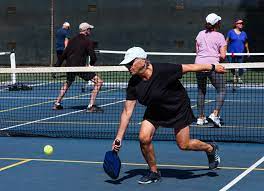
Another great way to use your pickleball court is to practice and drill with your friends. Whether you’re a beginner or an experienced player, practicing with others can help you improve your skills and get more comfortable on the court.
To make the most of your practice sessions, consider setting up drills and exercises that focus on the specific aspects of the game you want to improve, such as serving, volleying, and footwork. You can also play games like “King of the Court” or “Around the World” to keep things fun and challenging.
No matter how you choose to use your court, make sure you take advantage of this great facility. From tennis players looking to try something new to families looking for a fun outdoor activity, there’s something for everyone on the court. So grab your paddles, run to your backyard court, and get ready to have fun!

